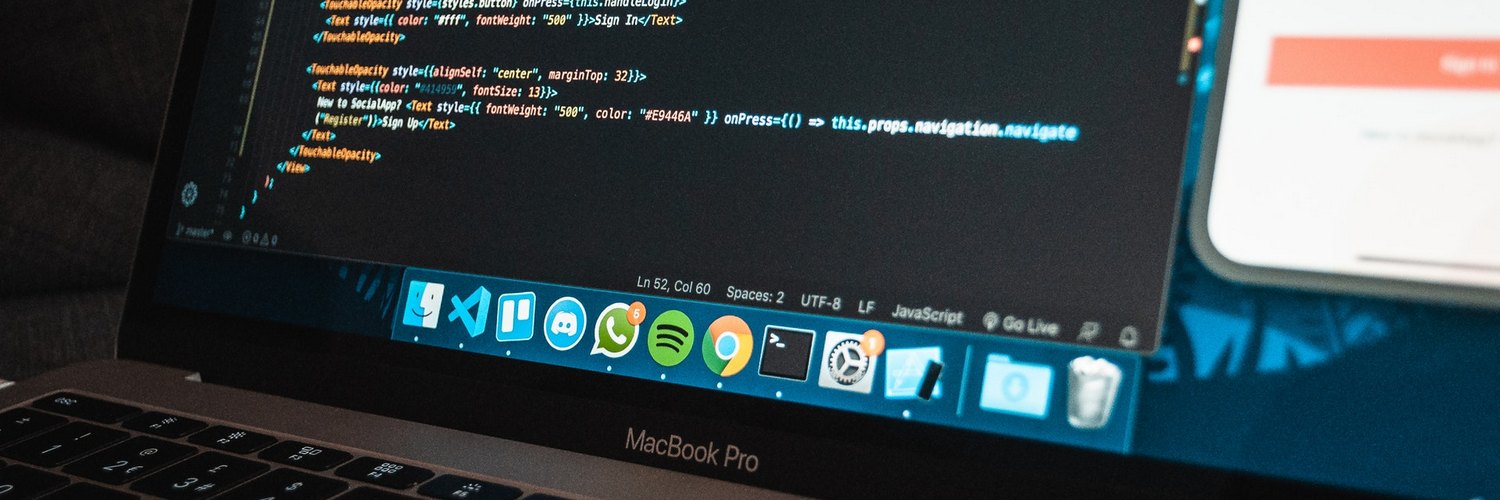Golang is often called the language of the future. And all thanks to its efficiency, simplicity and friendliness to beginners. Let’s find out what features it has and where it is used.
Do not underestimate the complex projects and developments of large corporations, over which groups of hundreds of programmers are working. But on the other hand, any industry desperately needs simple yet effective technologies with which to implement more flexible and versatile projects.
History of Go
It is believed that the language was born on September 21, 2007, when a trio of developers began to gather materials for its creation. The compiler was first “built” in early 2008, and the interface started nascent in May. By the end of that year the project was successfully completed, and in November 2009 Go was made freely available. Its logo was adorned with the now well-known gopher.
Interesting fact: it is more correct to call this language Go, because Golang is an alternative name that appeared because of the domain golang.org, because go.org was busy by that time.
There is a version that the name Golang came from a combination of the words Google and Language. But the official sources refute this theory. According to their data, the real name is Go; all the others must be perceived only as convenient nicknames.
Go is a multi-threaded language, which is compiled and has such advantages as brevity, simplicity, high speed and scalability. Go’s ancestors are called the C family (not without Pascal’s influence).
When Go first appeared, Java and C++ were the most in demand, but they became more and more difficult to work with. Developers began to seek more convenient and flexible variants, such as Python.
GO’s distinctive features
This language has no inheritance – this is a basic principle of OOP. There is still a hierarchy in the code, but it is implemented in a slightly different way than we are used to. The new model of object-oriented programming doesn’t have the usual classes or objects: instead, it has data structures and methods.
Reduced syntax.
Support for concurrency, i.e. the ability to perform several functions simultaneously.
Strengths:
- Simplicity. The lightweight syntax makes it possible to learn the language faster and speed up development. This is why Go is so good for large corporations. If there are hundreds of people involved in the development process at the same time, this is important.
- High compilation speed.
- Excellent versioning, updates available to everyone.
- Rich choice of libraries.
By the way, an interesting fact about versioning: all Go releases related to the major are supported exactly until the day when 2 new major ones are released.
Weaknesses:
- Lack of Jobs. Even experienced Go developers can have trouble finding good jobs, and the need for juniors is even lower.
- Forced formatting. But not everyone considers it a disadvantage, because thanks to it every next programmer knows exactly what to expect from the previous one’s code.
- Simple syntax sometimes causes problems. The Go language virtually imposes it, depriving the possibility to format the code in his own way. If a developer has only one correct option, it becomes impossible to maintain your own unique style.
Is it worth learning Go?
The Go language is good for many reasons, even in spite of its young age. It’s worth making friends with because it allows you to effortlessly create safe, high-quality, and scalable applications.
Intel, Avito and the social network VKontakte, among others, use Go. Most likely, other IT-giants will soon start migrating to Golang as well, because it seems to be the most reliable tool for large teams.
And Go is also great for learning as a first programming language – it’s easy for beginners because of its simplicity, brevity, clarity and relatively small manual.
In conclusion
Go is an ambitious and very successful attempt to combine the best features of the Java-Pascal-C++ trinity in one language. The language is very simple, which means that you can master it in a short period of time and quickly “grow” a team of young specialists within one company.
Of course, Go is not the last new generation programming language: there will definitely be many other interesting and successful experiments ahead. There is no guarantee that Go will ever become the leader in popularity, but we can be absolutely sure that its basic principles will remain relevant for all future tools. The future belongs to these kinds of languages, and this is a good reason to master Go, isn’t it?






























Add comment